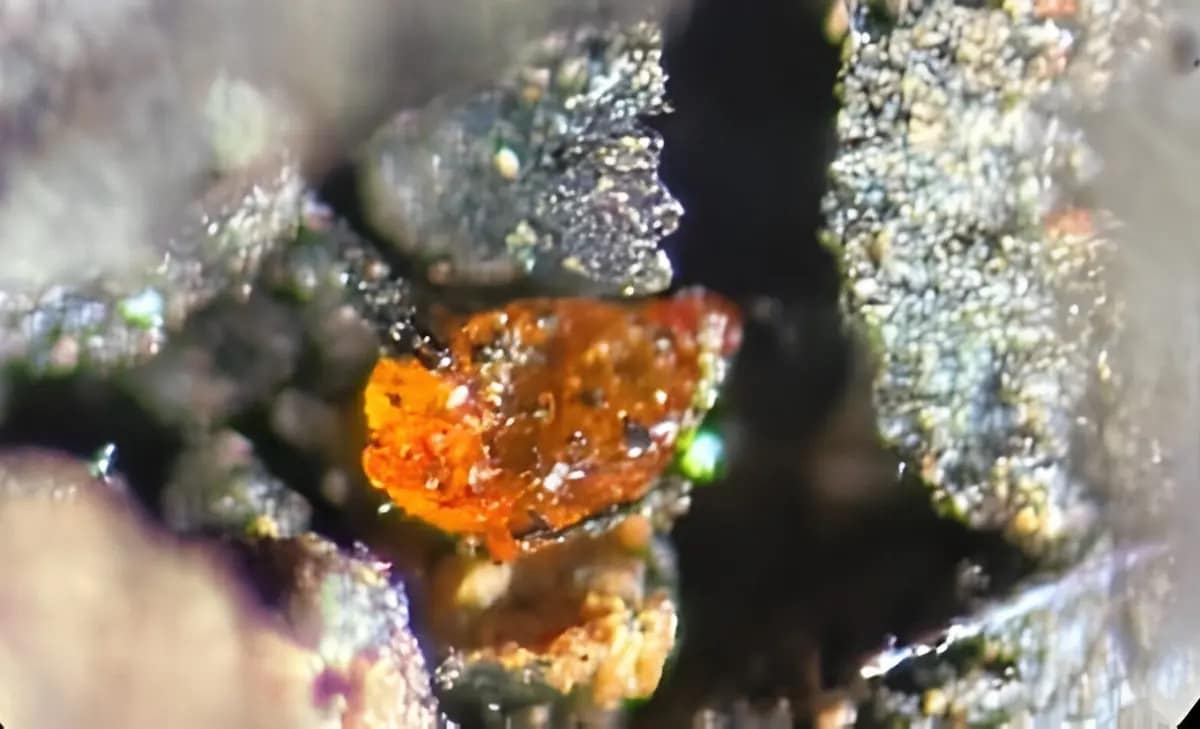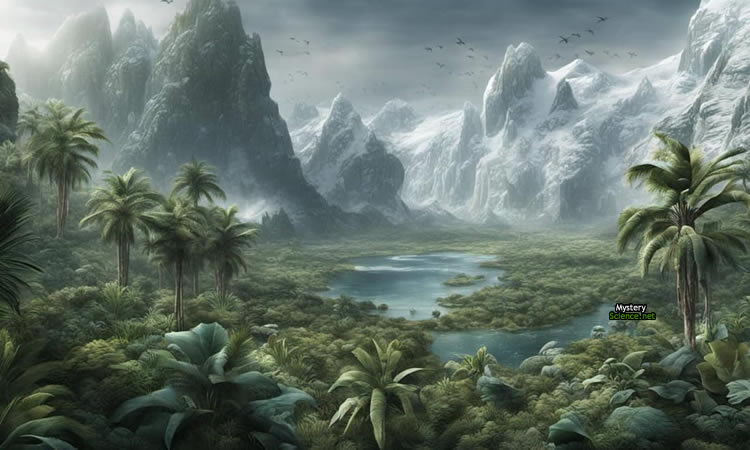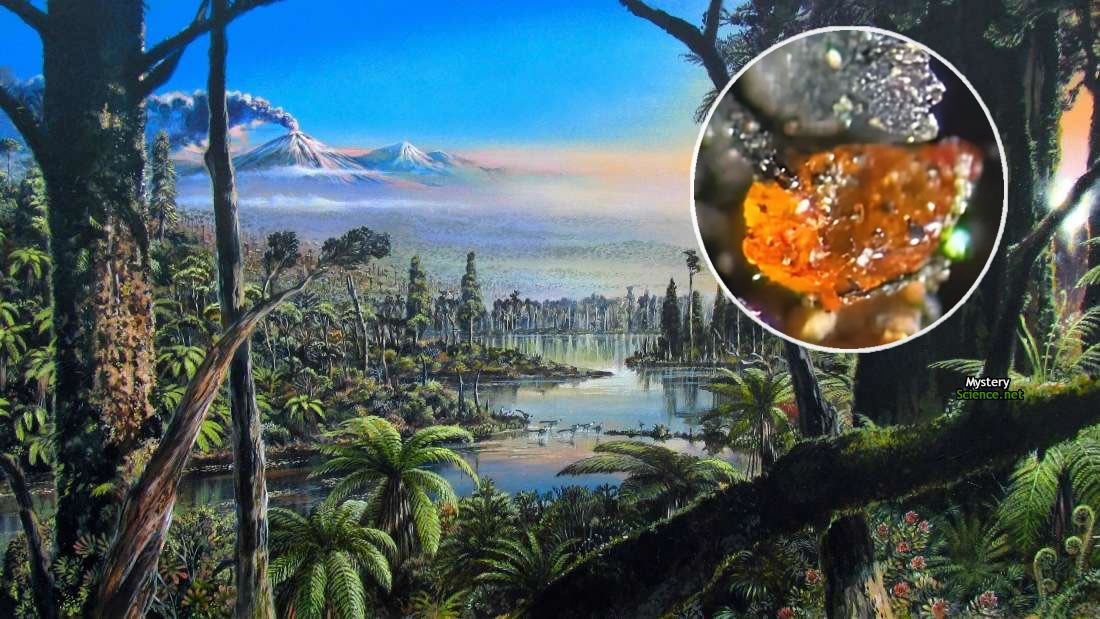Antarctica, synonymous with ice and snow, was, millions of years ago, a thriving rainforest full of life.
For the first time in history, scientists have recorded discovery of amber in Antarcticacompelling evidence that the frozen continent was once warm enough to support extensive vegetation, dominated by conifers, trees capable of producing resin.
An international team of researchers led by the Alfred Wegener Institute for Marine and Polar Research (A.W.I.) and the University TU Bergakademie Freiberg in Germany, found fragments of amber dating back to the Middle Cretaceous, i.e. about 90 million years ago.
The fragments, which measure less than a millimeter, were found in sediment cores that the Polarstern Research Icebreaker pierced in the Amundsen Sea.
“It was very exciting to realize that at some point in their history, all seven continents had climatic conditions that allowed resin-producing trees to survive,” said marine geologist Johann Klages of the Alfred Wegener Institute in Germany.
Amber, a fossilized tree resin, has captivated scientists and the public for its ability to preserve ancient biological material. Let us not forget that in the famous film Jurassic Park, an amber sample yielded dinosaur DNA.
Discovery of amber in Antarctica
 Antarctic amber reveals that there was a tropical climate during the Cretaceous. Credit: Johann P. Klages.
Antarctic amber reveals that there was a tropical climate during the Cretaceous. Credit: Johann P. Klages.
The amber found serves as evidence of resin flow, a natural process by which sap escapes from a tree to seal its bark against possible damage from fires or insect infestations.
An in-depth review of amber under ultraviolet lightrevealed microscopic structures, possibly remnants of tree bark and traces of pathological resin flow, a survival mechanism used by trees to seal damaged bark from pests and wildfires.
The Antarctic samples have provided unrivaled insights into past ecosystems near the South Pole and given scientists insight into the challenges they face. ancient trees of Antarctica and its resilience.
Most likely, the trees that produced amber adapted to harsh climatic conditions, enduring harsh winters and dark months.
 Millions of years ago, Antarctica was populated by trees.
Millions of years ago, Antarctica was populated by trees.
This groundbreaking discovery not only sheds light on the possibility that a rainforest once existed in Antarctica, but also deepens our understanding of Earth’s past.
The results were published in the scientific journal Research in Antarctica.
A publication of Mysterious science. All rights reserved. – Redistribution and redistribution of this content without prior consent is expressly prohibited. Website protected by Safe Creative.
Thank you for reading us. We invite you to follow us on our Facebookto be up to date with all the news we publish daily. You can also join our community on Telegram. We are waiting for you!
